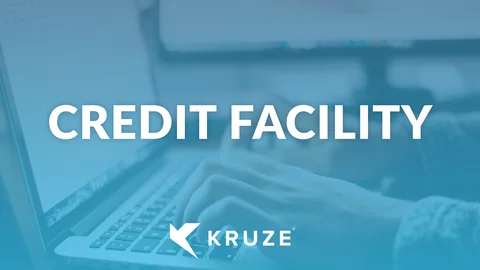
When you’re launching a startup company, there’s often points where you realize you need extra capital. This could be in order to extend your runway or to finance some capital equipment. That’s when you might need a credit facility. Let’s look at what a credit facility is to help you understand if or when you should put one in place.
Putting a credit facility in place
Credit facilities are sometimes called lines of credit or debt deals. Essentially, a credit facility is a loan commitment which gives the borrower the ability to draw down funds from a loan if they need to.
In order to get a credit facility, the borrower goes to the lender and negotiates. They generally explain the strength of the startup to the lender and describe how they’re going to repay the loan. If the bank agrees the startup is financially sound, they will ask the startup founder to sign the term sheet, document the deal, and put the credit facility in place. Having a credit facility in place basically gives you the ability or the capacity to draw down funds based on the amount the lender has approved for you to borrow.
Who puts credit facilities in place?
A lot of companies use credit facilities. For example, Fortune 500 companies actually do so a lot. They will have a number of credit facilities in place which they can then draw down when they want or when times get tough.
However, when credit facilities are being used as backup capital for startups, there is usually more of a plan. They typically have venture capital financing already, and then they think, “You know, I could use an extra six months of runway next year.” This leads them to putting a credit facility in place, ready to be drawn down on in the future. That’s also called a forward commitment, meaning the lender will let you draw it down later when it’s going to be more useful.
Benefits of a credit facility
There are a lot of reasons a startup might want to set up a credit facility:
- Flexibility. A credit facility can provide some “breathing room” to help manage cash flow or cover unexpected expenses.
- Quick access. Having a line of credit in place gives a startup rapid access to capital, in case the company needs cash fast.
- Cost-effective capital. Typically interest is only charged on the amount the startup actually uses, rather than the entire credit facility, which can help save money.
Credit facilities aren’t generally used to fund day-to-day operations but are used for one-time or emergency expenses.
If you have any other questions on credit facilities, valuations, startup investing, or startup accounting, please contact us. You can also follow our YouTube channel and our blog for information about accounting, finance, HR, and taxes for startups!








